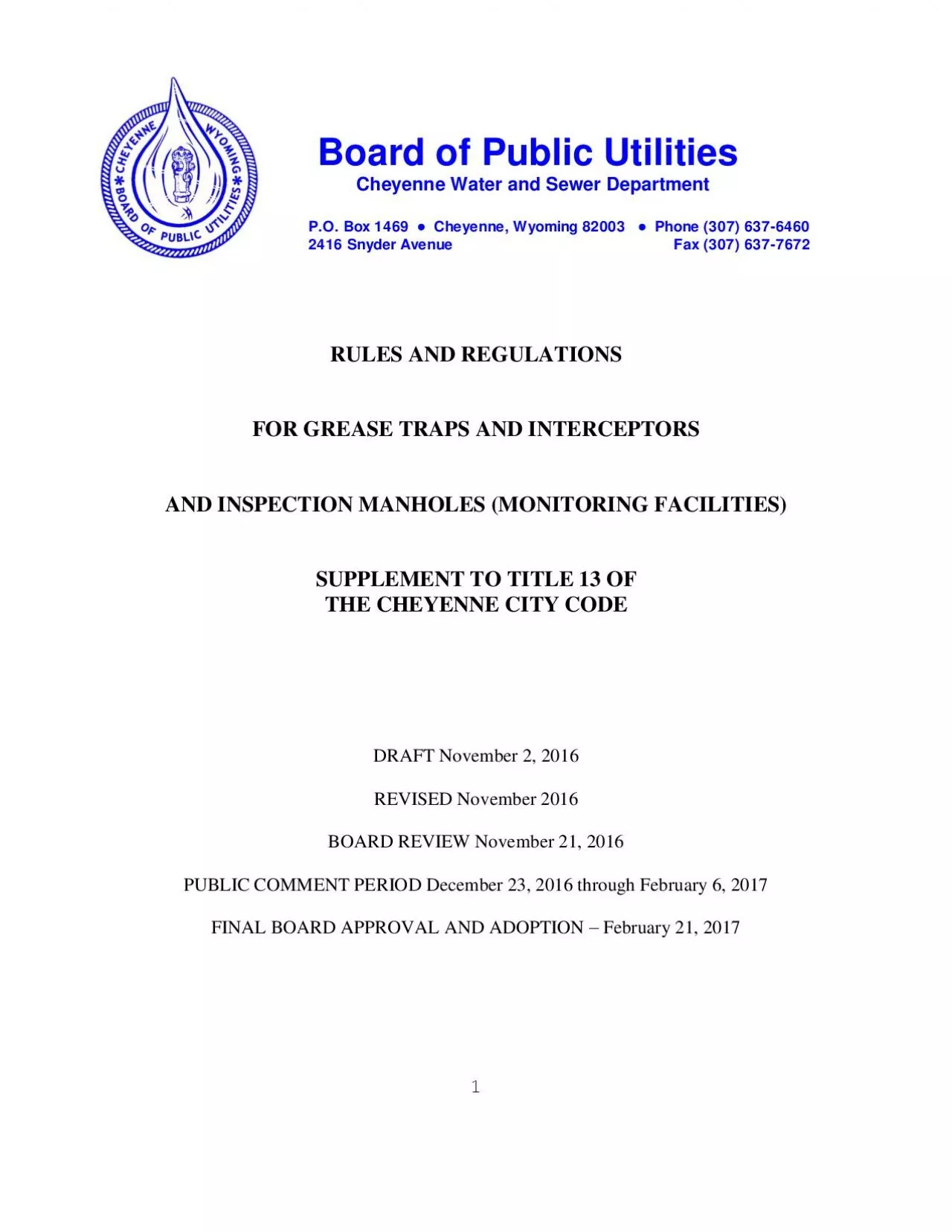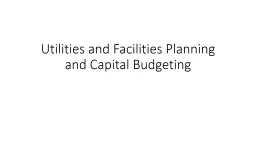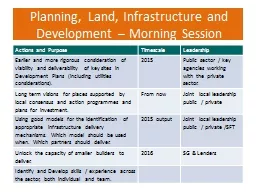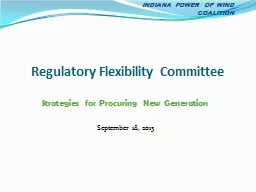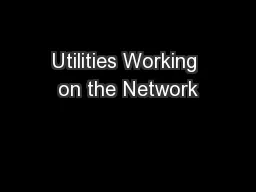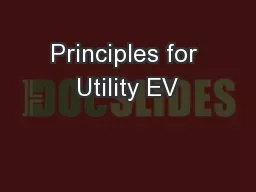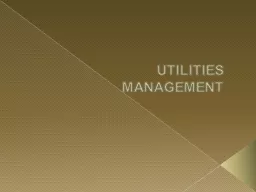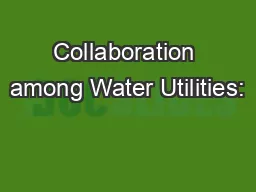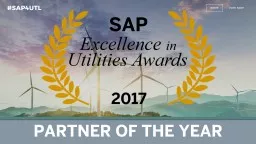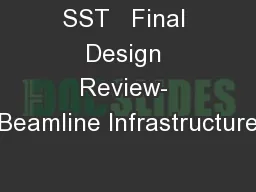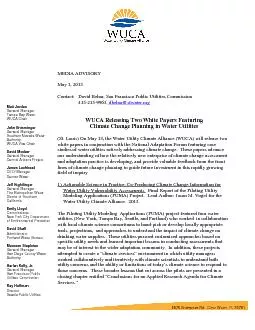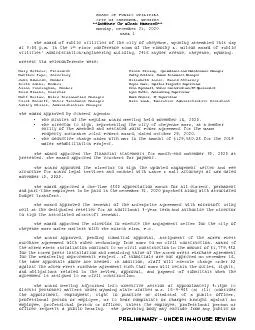PDF-Board of Public Utilities
Author : hailey | Published Date : 2021-07-07
1 Cheyenne Water and Sewer Department PO Box 1469 Cheyenne Wyoming 82003 Phone 307 637 6460 2416 Snyder Avenue
Presentation Embed Code
Download Presentation
Download Presentation The PPT/PDF document "Board of Public Utilities" is the property of its rightful owner. Permission is granted to download and print the materials on this website for personal, non-commercial use only, and to display it on your personal computer provided you do not modify the materials and that you retain all copyright notices contained in the materials. By downloading content from our website, you accept the terms of this agreement.
Board of Public Utilities: Transcript
Download Rules Of Document
"Board of Public Utilities"The content belongs to its owner. You may download and print it for personal use, without modification, and keep all copyright notices. By downloading, you agree to these terms.
Related Documents

